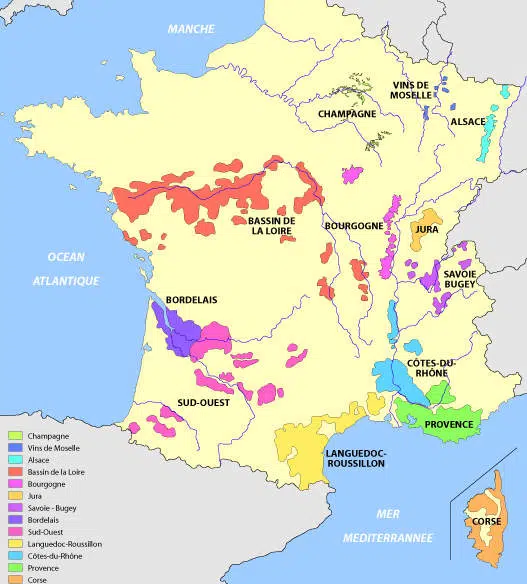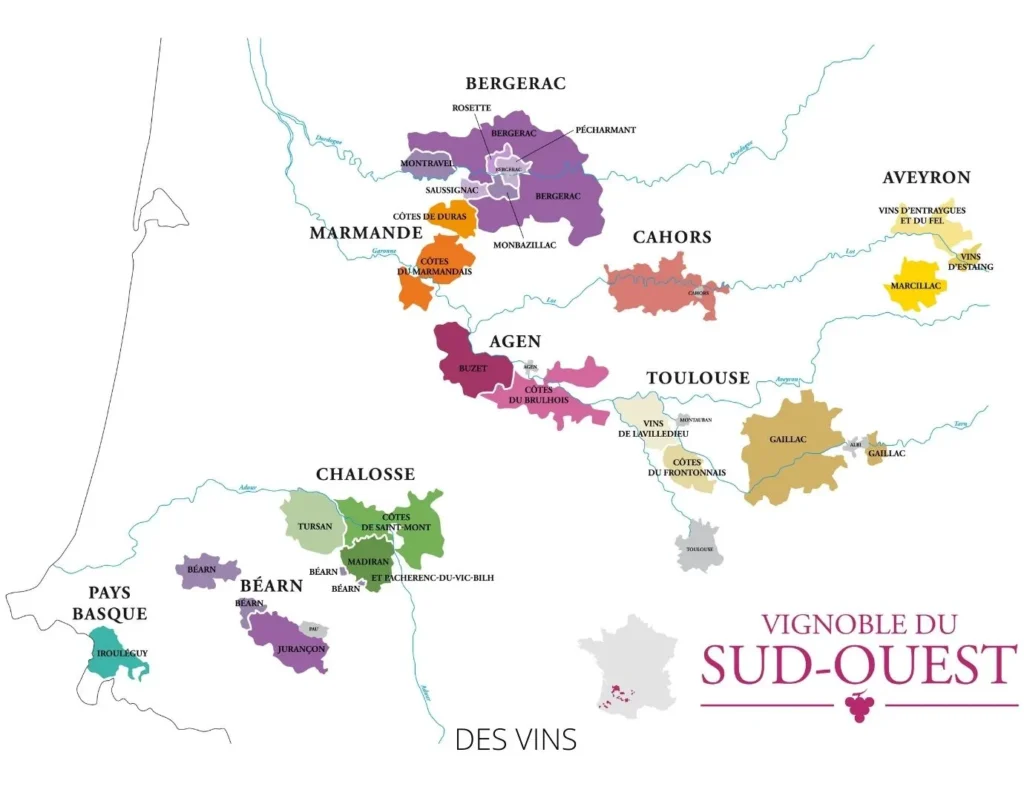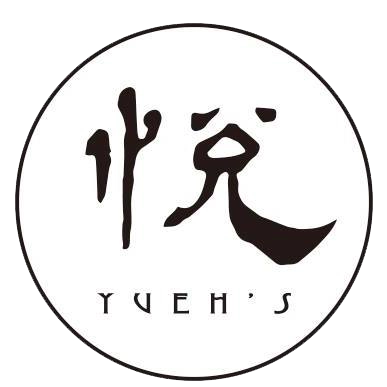Wines & Drinks
Why Are French Wines Labelled by Region, Not by Grape?
Understanding the French approach to wine for Taiwanese wine lovers
Introduction: More Than Just Bordeaux and Champagne
If you ask most Taiwanese wine drinkers to name a French wine, the answer will likely be either Bordeaux or Champagne. And that’s not surprising — Bordeaux is one of the most exported French wines in the world, and Champagne leads in global sales value.
But there’s a mystery behind French wine labels that often confuses non-European consumers: why don’t they tell you which grape is used? Unlike wines from Australia or California, most French bottles don’t say Cabernet Sauvignon, Syrah, or Chardonnay — instead, they say Pauillac, Chablis, or Côtes-du-Rhône.
So why this difference? Why does France focus on regions, not grapes?
Let’s explore this question from the perspective of a Taiwanese wine lover — one who knows Bordeaux but wants to understand the full map of French wine logic.
Champagne and Bordeaux: The Icons of French Wine Exports
French wine is deeply associated with prestige, tradition, and regional identity. But when we talk about French wine abroad, it’s often just Champagne and Bordeaux that dominate the conversation.
🥂 Champagne: Luxury in a Bottle
Champagne is more than just sparkling wine. It’s a protected designation — only sparkling wine made in the Champagne region using traditional methods can legally bear the name. This makes Champagne a global symbol of elegance, celebrations, and French excellence.
Its name is also synonymous with a place, not a grape. Most Champagnes are made from a blend of Pinot Noir, Pinot Meunier, and Chardonnay — but few bottles will ever tell you that.
🍷 Bordeaux: The Powerhouse of Red Wine
Bordeaux wines are known for their deep color, structure, and age-worthiness. The red wines are usually blends — often Cabernet Sauvignon and Merlot — but again, you won’t see the grape names prominently on the label.
Bordeaux wines are successful internationally partly because some producers have adapted to global markets with more modern labeling, but traditionally, the region itself carries the prestige.
Yet beyond Champagne and Bordeaux, there are hundreds of lesser-known regions, and understanding them means rethinking how we look at wine.

A Different Philosophy: Region First, Grape Second
French winemaking doesn’t start with the grape — it starts with the place.
This idea is deeply rooted in French culture. For French people, a wine is not just the product of a vine, but the expression of an entire environment — the soil, the climate, the exposure to sun and wind, and the local know-how. All of this is summed up in one powerful word: terroir.
By contrast, countries from the “New World” (like the USA, Australia, Chile, or South Africa) tend to market wines by grape variety. You’ll often see labels like Shiraz, Malbec, or Chardonnay. This approach is simpler and consumer-friendly, especially for beginners.
So why doesn’t France do the same?
Because in the French view, the grape is just a tool, like paint for an artist. What matters is how and where it is used. A Chardonnay grown in Burgundy doesn’t taste the same as a Chardonnay from Languedoc. Same grape, different terroir — completely different wine.
What Is “Terroir”? And Why It Matters So Much in France
Terroir is one of the most important — and misunderstood — concepts in French wine. It refers to the unique combination of factors that influence the growth of the grape and the final style of the wine.
This includes:
- Soil: clay, limestone, granite, slate — each affects water retention and mineral content.
- Climate: the amount of sunlight, rain, and temperature variation throughout the year.
- Topography: slope, altitude, and orientation toward the sun.
- Human tradition: local techniques passed down over generations.
Think of terroir as the wine’s “place memory.”
To a French winemaker, using the same grape in two different villages may produce two wines with completely different character, even if the vineyards are only a few kilometers apart.
This is why labeling by region makes sense in France: it reflects the belief that place shapes the wine more than the grape alone.
How the French Wine System Works: Labels, AOC, and Regional Identity
To protect the link between wine and place, France created a complex system of certifications known as the Appellation d’Origine Contrôlée (AOC) — or “Controlled Designation of Origin.”
An AOC tells you:
- Where the wine comes from (region, sub-region, village)
- What grapes can be used
- How it must be made (vineyard practices, aging, alcohol content, etc.)
For example:
- A wine labeled Chablis AOC must come from the Chablis area in northern Burgundy and be 100% Chardonnay.
- A Saint-Émilion Grand Cru AOC must come from a specific village in Bordeaux and follow strict rules about grape blends and aging.
So the region name on the bottle is not marketing, it’s regulation.
This means that when you see a French wine labeled by place, you’re also being told:
- What grape(s) does it likely contain (even if not listed)
- The expected flavor profile
- The winemaking tradition behind it
It’s a shortcut for trained consumers — but a puzzle for newcomers.
What Grapes Are Used Then? You Just Have to Know the Region
Even if French wines don’t highlight the grape on the label, each region has its signature varietals. Here’s a quick guide to help decode them:
| Region | Main Grape(s) | Typical Style |
|---|---|---|
| Bordeaux | Cabernet Sauvignon, Merlot | Bold reds, tannic, age-worthy |
| Burgundy (Bourgogne) | Pinot Noir, Chardonnay | Elegant, earthy reds & mineral whites |
| Rhône Valley | Syrah (north), Grenache (south) | Spicy reds, blends, some aromatic whites |
| Loire Valley | Sauvignon Blanc, Chenin Blanc, Cabernet Franc | Fresh, crisp whites and light reds |
| Alsace | Riesling, Gewürztraminer, Pinot Gris | Floral, aromatic whites |
| Provence | Grenache, Cinsault, Mourvèdre | Pale, dry rosés |
| Languedoc-Roussillon | Carignan, Syrah, Grenache | Full-bodied reds, very diverse |
Learning the grape-to-region link takes time, but once you get the basics, you’ll find it’s more consistent than you expect.
The Advantages of the Regional System
At first glance, labeling wine by region instead of grape may feel confusing, but it comes with many advantages:
1. It preserves tradition
Producers must follow regional rules that have been refined for centuries. This protects the style and history of each wine region.
2. It encourages diversity
Instead of planting the same few popular grapes everywhere (like Cabernet or Chardonnay), French winemakers stick to what grows best in their terroir. This results in a wide range of wines — from light Jura reds to powerful Châteauneuf-du-Pape.
3. It protects identity
The AOC system guards against imitation. You can’t make “Champagne” in Napa or “Bordeaux” in Chile — those names are legally protected.
4. It helps serious wine lovers explore more deeply
Once you know the key regions, you can explore hundreds of unique styles without needing to rely on the same grape every time.

Challenges for Export and for Foreign Consumers
Of course, this system isn’t perfect, especially when it comes to international markets like Taiwan.
1. Labels are not beginner-friendly
Many French wine labels contain only place names and vintage dates. No grape, no flavor profile, no guidance for new drinkers.
2. Some regions are hard to pronounce or remember
Names like “Pommard,” “Muscadet,” or “Gigondas” can be intimidating, and not every Taiwanese customer wants to Google each bottle before buying.
3. Modern consumers want clarity
In Taiwan, the trend is toward accessible, transparent products. Consumers want to know what they’re drinking — and quickly.
Some modern French winemakers now include grape varieties on back labels to help foreign buyers, but it’s still not the norm.
How to Learn French Wines Without Memorizing 500 Appellations
Learning about French wine doesn’t require a degree in geography. Here are simple tips to begin your journey:
🔎 1. Start with One Region
Pick a region that matches your taste:
- Like bold reds? Try Bordeaux or Rhône.
- Prefer fresh whites? Try Loire or Alsace.
- Curious about elegant reds? Start with Burgundy (Pinot Noir).
🧭 2. Buy a Map of French Wine Regions
A visual guide will help connect the names with real places. Over time, you’ll recognize patterns.
🥂 3. Try Multiple Wines from the Same Region
This helps you understand how terroir influences style, even with the same grape.
📖 4. Read Labels Carefully
If the grape isn’t listed, look for clues:
- “Blanc” = white wine
- “Rouge” = red wine
- Village names often indicate smaller production and higher quality
🛒 5. Ask for Help
Don’t hesitate to ask your wine shop, sommelier, or trusted brand like Yueh’s Choice. We’re here to make French wine more accessible for Taiwanese drinkers.
Conclusion: Wine as a Taste of Place
French wines are not mysterious on purpose — they just follow a different logic. In France, wine is a product of land and culture, not just grapes.
Labeling by region honors that philosophy, even if it takes a bit more effort to understand. But once you get past the first barrier, a whole world of flavors opens up — more diverse, more expressive, and more tied to history.
So the next time you see a French wine labeled Sancerre or Vacqueyras, don’t ask “What grape is this?” — ask “Where does this come from, and what does it say about that place?”
Because in France, drinking wine is like traveling through the country with your senses.
FAQ: French Wine Labels for Beginners
Because the focus is on terroir and region. The grape is considered part of the local identity, not the main selling point.
No. Bordeaux reds are usually blends of Cabernet Sauvignon and Merlot, sometimes with Cabernet Franc, Petit Verdot, or Malbec.
Not only. Most Champagnes are blends of Chardonnay, Pinot Noir, and Pinot Meunier — but the label rarely mentions it.
Try the Loire Valley for approachable whites and reds, or Côtes-du-Rhône for value-packed reds.
Look for reputable AOC names, recent vintages, and buy from trusted shops that explain the wine
Almost all wines under the AOC or AOP system do. Some Vin de France or modern producers may use grape names to reach export markets.

